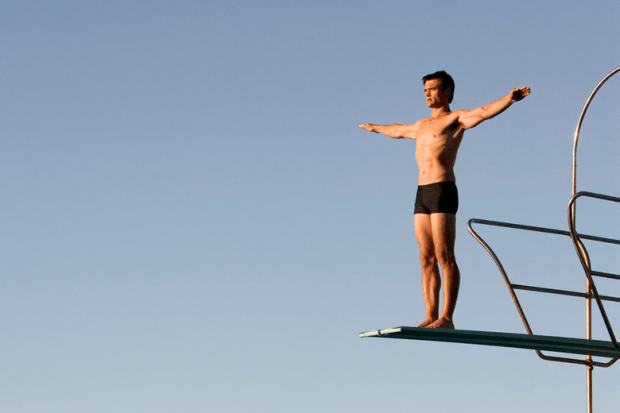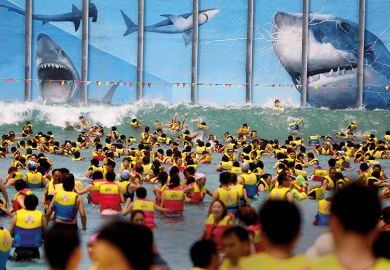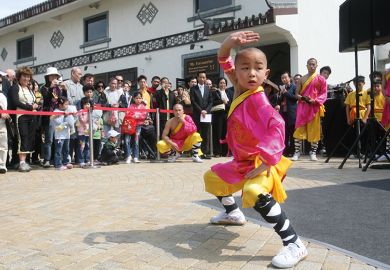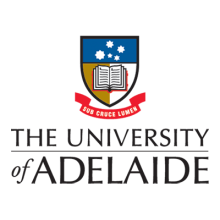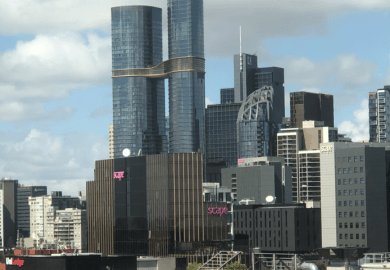Browse the full results of the World University Rankings 2024
Covid-19, subdued investment and competition from China have dented the profile of the top tier of Australian higher education, with the 10 best-rated institutions all losing ground in the latest iteration of Times Higher Education’s World University Rankings.
Results from the 2024 edition suggest that the pandemic damaged the business model that had buttressed Australia’s seemingly irrepressible buoyancy in the rankings. Border closures undermined universities’ ability to harvest overseas tuition fees to compensate for shortfalls in research funding, while diluting the international mix of staff and students.
Covid-induced redundancies also exerted upward pressure on student-staff ratios that were already high by global standards. Tweaks to the ranking methodology and updates to United Nations Educational, Scientific and Cultural Organisation data that inform the distribution and country weightings of the reputation survey that determines one-third of the ranking scores also denied Australian universities crucial points in the competition for the highest spots.
World University Rankings 2024: results announced
The impacts were fiercest at the top of the table, with the research-intensive Group of Eight universities losing ground by an average of 11 places each. The merger-bound University of Adelaide, which last year roared into the top 100 with a rise of 23 places, is back out after a fall of the same magnitude.
Fellow highflyers University of Technology Sydney and Macquarie University slipped by a combined 20 places, leaving Queensland University of Technology – which edged just inside the top 200, at 199th place – as the best-ranked Australian institution to see an improvement in its standing.
Rankings architect Phil Baty said the figures provided “serious” warning signs. “The relative isolation of the country during the pandemic is showing up in the data, to detrimental effect on universities’ ranking positions,” said Mr Baty, THE’s chief global affairs officer.
He said Australia needed the right policy incentives to attract international talent amid fierce competition and “possible shifts in the market”.
Current data demonstrating Australia’s “relative under-investment in research” also sent a “clear red-light warning” about its ability to maintain its “historically very high levels of research quality”, Mr Baty said.
Weaker research quality and reputation ratings, higher student-staff ratios and lower international student and co-authorship scores were the main factors in Australia’s decline this year. However, the results were not universally bad for Australia, with 10 of its 37 ranked institutions climbing the ladder.
Swinburne University leapfrogged 12 local competitors to enter the top 250 for the first time. RMIT University and the University of Tasmania rose into the top 300, Murdoch University into the top 400 and Victoria University into the top 500. Central Queensland, Southern Cross, Sunshine Coast and Charles Sturt universities also improved their standings.
Australia achieved the second-highest average score of any country for “research productivity”, a measure of publications per academic. And all but six of the ranked Australian institutions registered improvements on the “industry” metric – a measure of business research funding, combined this year with a tally of patents that cite each university’s research – with many institutions boosting their industry score by upwards of 20 or 30 points.
Angel Calderon, director of strategic insights at RMIT, said this had been a “flow-on” effect from federal government policies encouraging universities to focus on patents and research commercialisation.
THE data show that the average amount of industry research funding attracted by each Australian academic rose by almost A$4,000 (£2,100) to more than A$48,000.
Mr Calderon said other changes to the ranking methodology had offered more realistic appraisals of the research prowess of medium-ranked Australian universities. These included the addition of three new research quality measures – “strength”, “excellence” and “influence” – to gauge the value as well as the volume of citations, and to moderate the rankings boost that institutions garner from single star researchers.
He said that, although antipodean universities had generally been disadvantaged by a slight reduction in the weighting of Australian votes in the reputation survey – based on fresh Unesco data on the worldwide distribution of scholars – this change had benefited some institutions that arguably enjoyed better reputations abroad than at home.
The average ranking of Australian universities improved marginally from 311th to 309th, while the average score rose almost four points to 55.4. But this was not enough to keep pace with competitor countries – notably China, whose 13 top-ranked universities all improved their standings, some very substantially.
“You have to run very fast even just to stand still in an increasingly dynamic, competitive global higher education sector,” Mr Baty said.
The University of Melbourne was again Australia’s top-ranked institution, followed by Monash, Sydney and Australian National universities.
Register to continue
Why register?
- Registration is free and only takes a moment
- Once registered, you can read 3 articles a month
- Sign up for our newsletter
Subscribe
Or subscribe for unlimited access to:
- Unlimited access to news, views, insights & reviews
- Digital editions
- Digital access to THE’s university and college rankings analysis
Already registered or a current subscriber? Login
